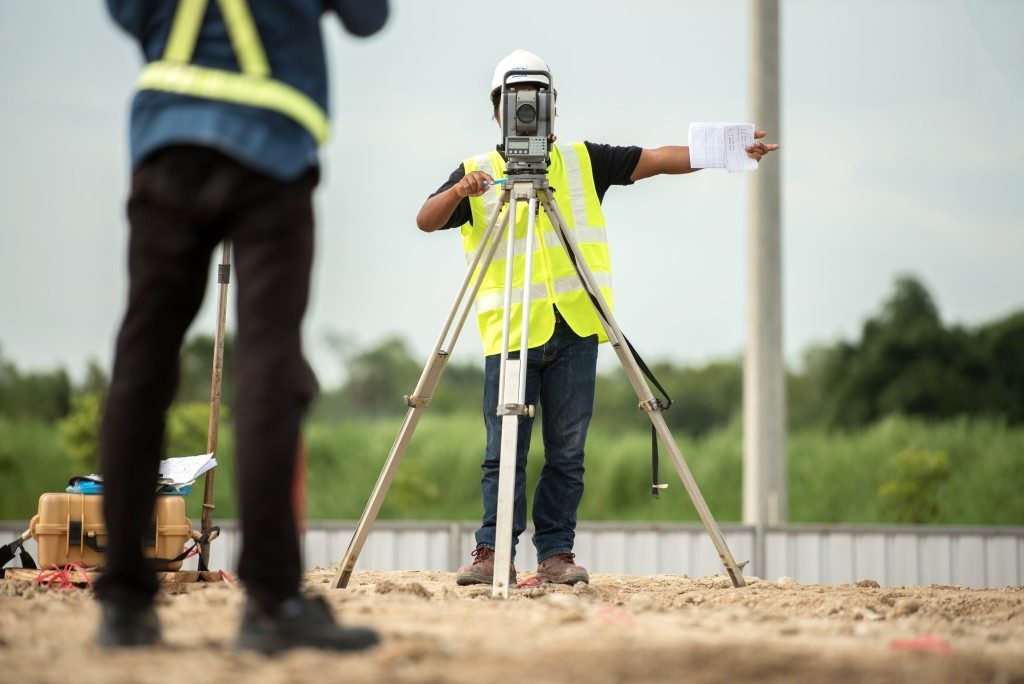Architecture and construction have improved over the last decade, especially concerning sustainable materials and processes. Working with up-to-date methods, technology, and equipment, like the latest Volvo excavator, the Philippines’ construction and design industry have been moving to more sustainable designs and eco-friendly methods.
Traditional design and construction practices have played a major part in the deteriorating condition of our planet. Green architecture helps address and remedy this concern. But, can the Philippine design and construction industry stay competitive in the face of all these developments?
Green Architecture in the Philippines: Considerations and Solutions
Several personalities in the Philippine design industry have expressed different ideas on the matter. Here are some of their ideas that address the problem of climate change:
Renewable and alternative energy sources
About 40% of the world’s energy consumption comes from buildings and homes. Finding alternative means of energy sources like waste energy, wind power, and solar panels, especially for a hot tropical country like the Philippines, can help bring down the amount of non-renewable energy use and lessen our carbon footprint.
More malls and commercial establishments are now using energy-efficient LED lighting and motion-controlled escalators and moving ramps, for instance.
Well-lit structures

When it comes to lighting, nothing beats the power of the sun. It not only brightens up different areas in a building, but it also bathes residents and occupants in natural sunlight which is good for one’s health.
The use of large windows allows for more sunlight to seep into more spaces. LED lights also emit the same level of lumens as sunlight to help people perform better. Home automation systems allow users better control of lighting in a specific area of the building at any given time.
Oxygen-rich spaces
Structures that have proper ventilation allow its occupants to be at their optimal best and stay healthy. Carbon dioxide emission can be addressed by having indoor, outdoor, vertical, and rooftop gardens.
Carbon footprint can just by the choices of materials you use during construction. The use of recycled, eco-friendly, indigenous, and responsibly-sourced materials can help address this concern.
Efficient waste management system
A proper and efficient waste management system does wonders for a community, especially in Metro Manila and other congested regions. The bigger the population, the bigger the amount of waste. There should be more sewage treatment plants and waste management facilities spread throughout the country that can take on the different regions’ waste production. These should also take into account the repurposing of wastewater for flushing toilets and watering plants.
Controlled temperature
In a tropical country like the Philippines, sun and wind movement control the temperature. A design that incorporates orientation and knows how the wind moves in a specific location can help reduce the use of air conditioning units, resulting in lower energy consumption.
While not yet there on a global scale, the Philippines shows much promise in the area of green architecture and construction. As technology and processes continue to advance, its implementation, coupled with Filipino ingenuity, guarantees a more sustainable and eco-friendly design and construction industry.

